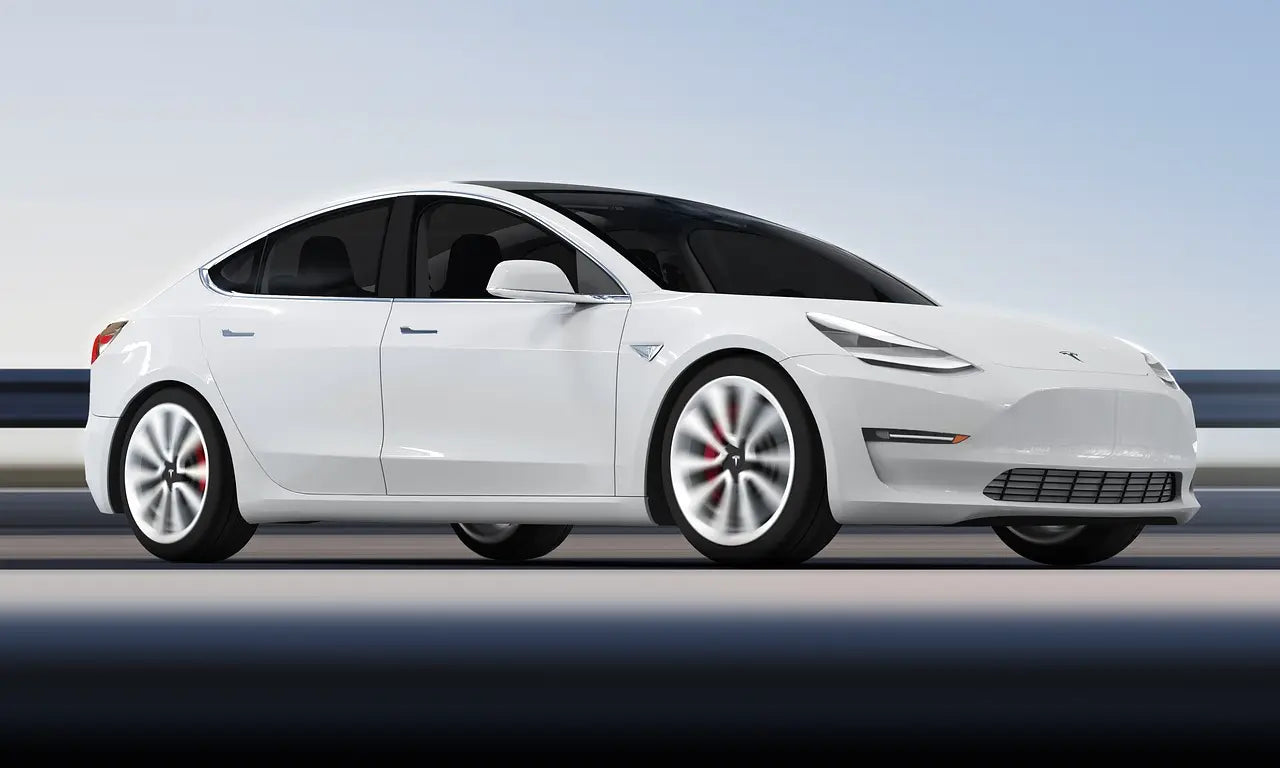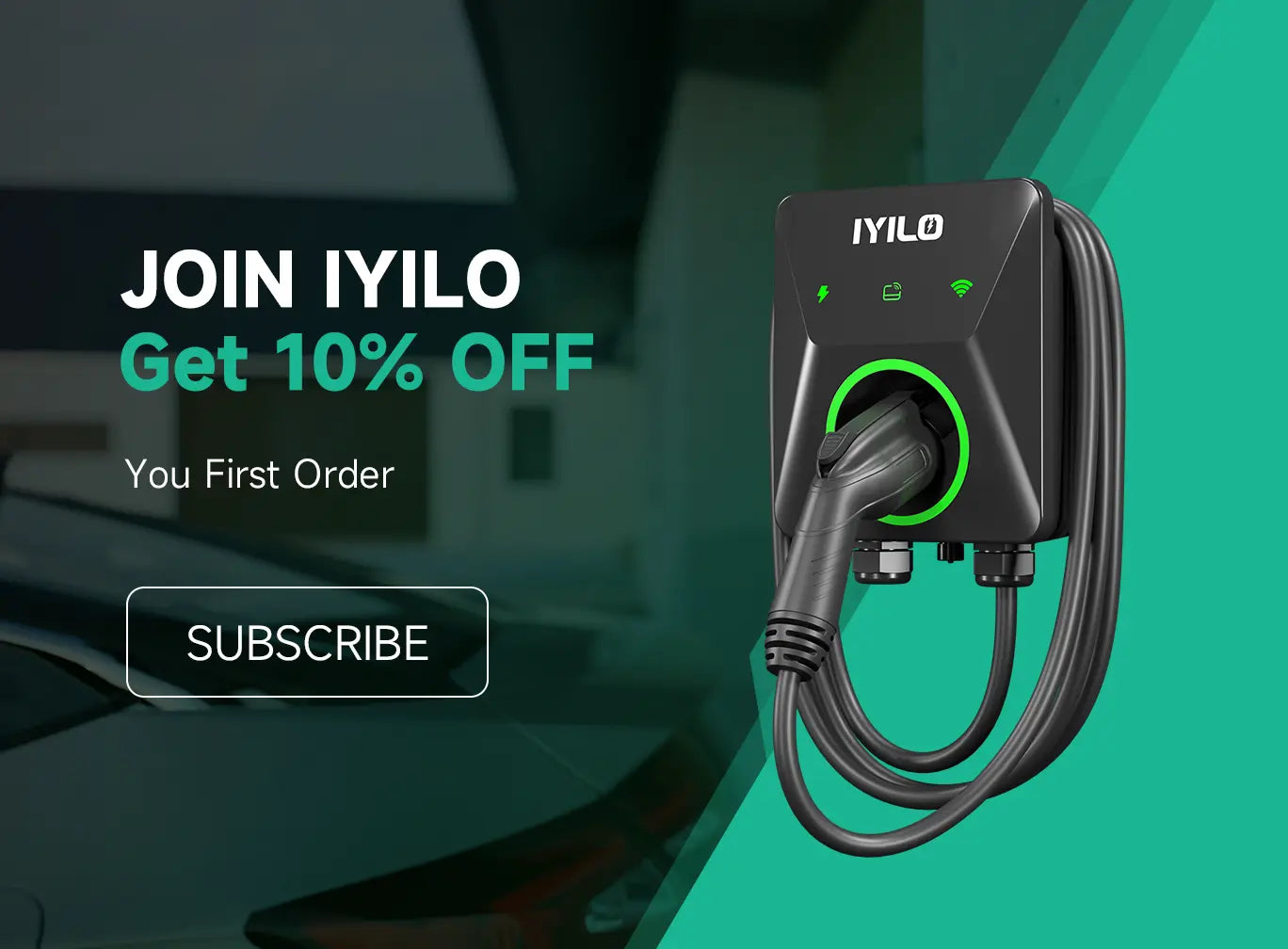NACS Connector have already been adopted by many automakers that have partnered with Tesla. The core value of the NACS connector, which many experts believe, could significantly boost customer confidence in choosing EVs over traditional ICE vehicles.
Based on statistics, most automakers have transitioned their charging interface from CCS1 to NACS in 2025, including Ford, GM, Honda, Hyundai, and Volkswagen. Additionally, some automakers that are not yet ready are in the process of adopting the NACS interface for their 2026 models.

Current state of EV charging standards in the US
Besides Home EV Charging Station,the US market has had two mainstream DC charging options, CCS1 and NACS, representing two charging interfaces. Among these, the latter was developed by Tesla, the leading EV giant that has set up over 3,000 Tesla Charging stations and more than 70,000 Superchargers across North America. However, the number of CCS1 charging stations seems far fewer than those using NACS, leading to insufficient charging locations for non-Tesla EV owners.
What is the benefit of adopting a unified EV interface?
Shifting the EV interface to NACS is a win-win strategy for both Tesla and other automakers. Ultimately, this move has benefited consumers globally. Furthermore, there may be a deeper motivation: uniting all EV players to expand the market. In 2025, President Donald Trump revoked the rebate on EV sales, which shook market confidence and caused a significant decline in sales revenues for most automakers. Amid this uncertainty, EV market players should come together to revive the market by leveraging existing resources to offer greater convenience to customers. Unifying the EV connector interface is a prime example of this approach.

How does NACS adopting improve overall charging efficiency?
Based on statistics, by 2025, the number of operating DC charging ports is expected to reach 190,000-200,000 nationwide, spread across 65,000 to 70,000 charging locations. These figures reflect the significant demand for DC charging stations as a replenishment method for many US EV owners.
Tesla’s ambitions
n recent 2025 reports, Tesla remains the largest single-brand seller in the United States, accounting for roughly 45% of the market share. Based on this, one thing is certain: Tesla will continue to expand its Supercharger network, including the advanced V4 Supercharger. Moreover, it continues to upgrade its charging hardware to increase peak power and efficiency, enabling faster charging sessions and better throughput as more vehicles come onto the road.
What results can be caused by not unifying connectors?
Based on the above information, non-Tesla EV owners can benefit from the existing Tesla charging network nationwide by adopting NACS connectors. During our daily commutes, we often face a dilemma: unable to find a suitable charging station due to an incompatible charging connector, which leads us to waste a lot of time searching for the right spot. This results in wasted time, and sometimes, unauthorized EVs block the charging spots, causing further congestion.
From the charging station operator's perspective, uneven distribution of stations creates an imbalance between supply and demand, leading to many idle spots that cannot be used efficiently. This causes a poor charging experience for customers, which contributes to further market contraction.
What benefits can we gain from this transition?
Tesla, the bellwether of the EV market, is the only company that can completely alter the current industry situation. Changing the connectors from CCS1 to NACS not only benefits the other EV automakers, but also has a deeper meaning behind it. Unifying EV charging connectors can significantly improve the efficiency of the overall EV charging industry for several reasons.
More flexible to handle
Women are gradually becoming the cornerstone of the EV consumer market. Women consumers may find the bulky CCS1 connector uncomfortable to use, as it is a heavy, sturdy cable that is difficult to maneuver. After switching to the NACS connector, women consumers would find it much easier to handle the chargers.
Benefit from charging at the nearest charging station
Charging outside can be a headache if we don't manage our schedule in advance. As I mentioned earlier, we often find ourselves stuck in a crowded charging line due to an insufficient charging network. With NACS compatibility, we can enjoy worry-free charging most of the time.
Reduce the charging cost and saved charging time
Tesla is rapidly expanding its charging network and deploying the V4 Supercharger network, significantly improving operational efficiency. Meanwhile, speeding up charging times also saves a lot of time for consumers.
In the long run, unifying charging port types will benefit all parties—consumers, automakers, operators, and governments. This is a trend that is welcomed by many and is an irreversible shift for the future.



0 comments